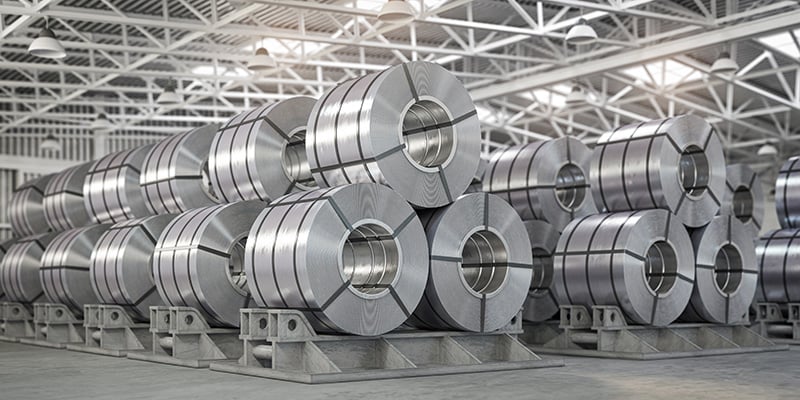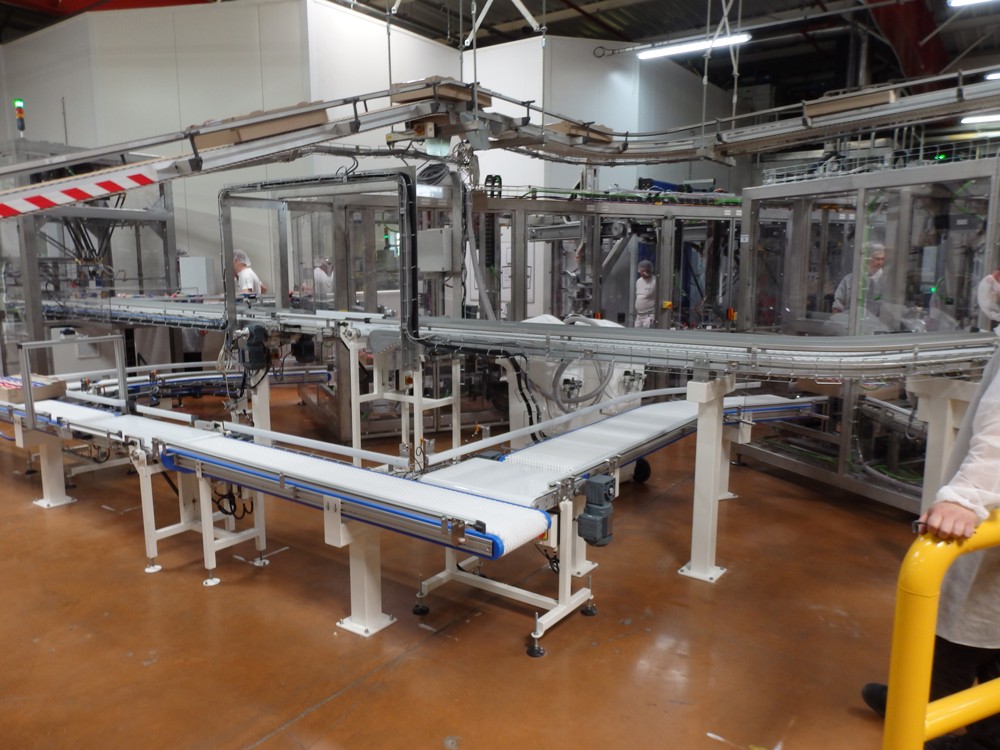Eco-Friendly Practices: Driving Change with Bulk Container Recycling
Wiki Article
Efficient Industrial Recycling Solutions for Sustainable Packaging: A Comprehensive Overview
That's where this extensive guide on effective commercial recycling services for lasting product packaging comes in. By exploring key locations such as packaging product option, making for recyclability, carrying out recycling framework, working together with recycling companions, and tracking and gauging recycling success, this guide will outfit you with the understanding and devices needed to make educated choices and drive positive modification within your organization. Whether you're a product packaging specialist, sustainability manager, or merely interested in the topic, this overview will certainly provide important understandings and techniques to aid you navigate the globe of lasting packaging.Product Packaging Material Option
The selection of packaging materials plays an essential duty in ensuring the sustainability of industrial recycling options. The choice of materials is key in reducing environmental impact and making the most of recycling performance when it comes to sustainable product packaging. Picking the right products can assist lower waste generation, preserve resources, and promote a circular economic situation.One essential element to consider in product packaging product option is recyclability - processing company. Materials that can be conveniently reused and integrated back into the manufacturing cycle are liked. Products like cardboard, paper, glass, and particular types of plastics can be recycled several times without losing their top quality. On the various other hand, products that are tough to recycle, such as non-recyclable compounds or blended plastics, can develop difficulties for the recycling procedure and might end up in land fills or incinerators.
Another factor to consider is making use of biodegradable and sustainable materials. Packaging made from eco-friendly resources, such as plant-based plastics or biopolymers, can help in reducing dependency on nonrenewable fuel sources and minimize climate modification. Additionally, naturally degradable products break down naturally gradually, decreasing the buildup of waste in landfills.
Moreover, the weight and quantity of packaging products need to be reduced to minimize transport prices and power usage. Light-weight products not just require fewer sources throughout production but likewise add to lower carbon emissions throughout transportation.
Creating for Recyclability
In order to guarantee the recyclability of packaging products, thoughtful style is crucial. Creating for recyclability involves creating packaging that can be quickly arranged, divided, and processed in recycling facilities. One important element of creating for recyclability is the selection of products. Packaging designers must focus on making use of materials that are commonly accepted for recycling and have actually developed reusing facilities. Materials such as glass, aluminum, and certain sorts of plastic, like pet dog and HDPE, are generally recycled and should be preferred over products that are difficult or expensive to recycle.One more critical factor to consider in making for recyclability is the elimination of unnecessary elements or materials. By minimizing the variety of layers, coatings, and additional parts, product packaging can be made simpler and less complicated to recycle. Furthermore, designers should intend to minimize using combined materials, as they can make complex the recycling procedure.

Implementing Recycling Infrastructure
Effective application of reusing facilities is crucial for the success of industrial recycling options. Without proper facilities in position, the recycling procedure ends up being inadequate and inefficient, impeding the total objective of sustainable packaging.To execute reusing facilities successfully, a number of crucial factors require to be taken into consideration. First of all, there ought to be an efficient collection system that assists in the separation and collection of recyclable products. This can consist of marked recycling containers in public spaces, in addition to collaborations with waste administration companies for curbside pickup and sorting.
When accumulated, the recyclable materials need to be transferred to recycling facilities in a timely fashion. This requires efficient logistics and transportation networks, guaranteeing that the products reach the proper facilities immediately.
At the reusing centers, progressed sorting and handling innovations ought to be in area to divide various kinds of materials properly. This includes making use of automated sorting makers, optical scanners, and manual sorting methods.
Furthermore, there should be a robust market need for recycled materials. This can be attained with collaborations with makers and industries that use recycled products in their manufacturing processes. Creating a secure market for look what i found recycled materials incentivizes the recycling market and advertises the round economy.
Collaborating With Recycling Allies

One trick facet of working together with reusing companions is the facility of clear communication networks. It is essential to develop open lines of interaction to help with the exchange of information, updates, and responses. This allows both celebrations to stay educated regarding the progress of reusing initiatives and deal with any type of challenges or issues that may occur.
Additionally, collaboration can involve joint efforts in developing and carrying out reusing programs. Reusing partners can supply useful understandings and assistance in developing effective collection systems and identifying the most suitable recycling modern technologies. By interacting, services and recycling companions can maximize the recycling process and lessen waste.
Additionally, partnership can extend beyond the functional aspects of recycling. It can also include advocacy and education and learning efforts. By joining pressures, businesses and recycling partners can increase understanding concerning the relevance of reusing and advertise the fostering of sustainable product packaging methods amongst customers and various other stakeholders.
Monitoring and Measuring Recycling Success
To ensure the effectiveness of industrial recycling options and the achievement of lasting packaging objectives, it is important for services and their recycling partners to establish a thorough system for monitoring and measuring reusing success (industrial metal packaging). Determining and tracking recycling success enables companies to evaluate the effect of their reusing efforts, determine areas for improvement, and established meaningful targets for future developmentOne way to track recycling success is via using information collection and analysis devices. By gathering information on the quantity of packaging waste produced, the percent of waste that is reused, and the sorts of materials being recycled, services can gain important understandings into their recycling efficiency. This information can after that be assessed to determine patterns, patterns, and locations of inadequacy.
An additional crucial aspect of monitoring and gauging reusing success is developing clear and standard metrics. This allows companies to compare their performance against sector standards and track their development over time. Metrics such as recycling prices, waste diversion rates, and greenhouse gas discharges can supply a measurable step of an organization's recycling success.

Conclusion
In final thought, applying reliable industrial recycling solutions for sustainable packaging needs cautious factor to consider of packaging product choice, developing for recyclability, carrying out recycling framework, working together with reusing companions, and monitoring and gauging recycling success. By integrating these methods, organizations can add to an extra lasting and environmentally-friendly technique to packaging, decreasing waste and promoting the circular economy.By checking out key areas such as Extra resources packaging product selection, making for recyclability, carrying out recycling facilities, teaming up with recycling companions, and monitoring and gauging recycling success, this overview will certainly furnish you with the expertise and tools required to make enlightened choices and drive favorable change within your company. Product packaging developers must prioritize the use of products that are extensively accepted for reusing and have actually developed recycling infrastructures.Cooperation with recycling companions is vital for the successful application of commercial recycling options and the success of sustainable packaging objectives. By signing up with pressures, services and reusing companions can raise awareness regarding the value of reusing and promote the adoption of lasting product packaging practices among consumers and other stakeholders.
By accumulating data on the amount of product packaging waste produced, the percent of waste that is recycled, and the types of materials being reused, businesses can get useful understandings into their reusing efficiency.
Report this wiki page